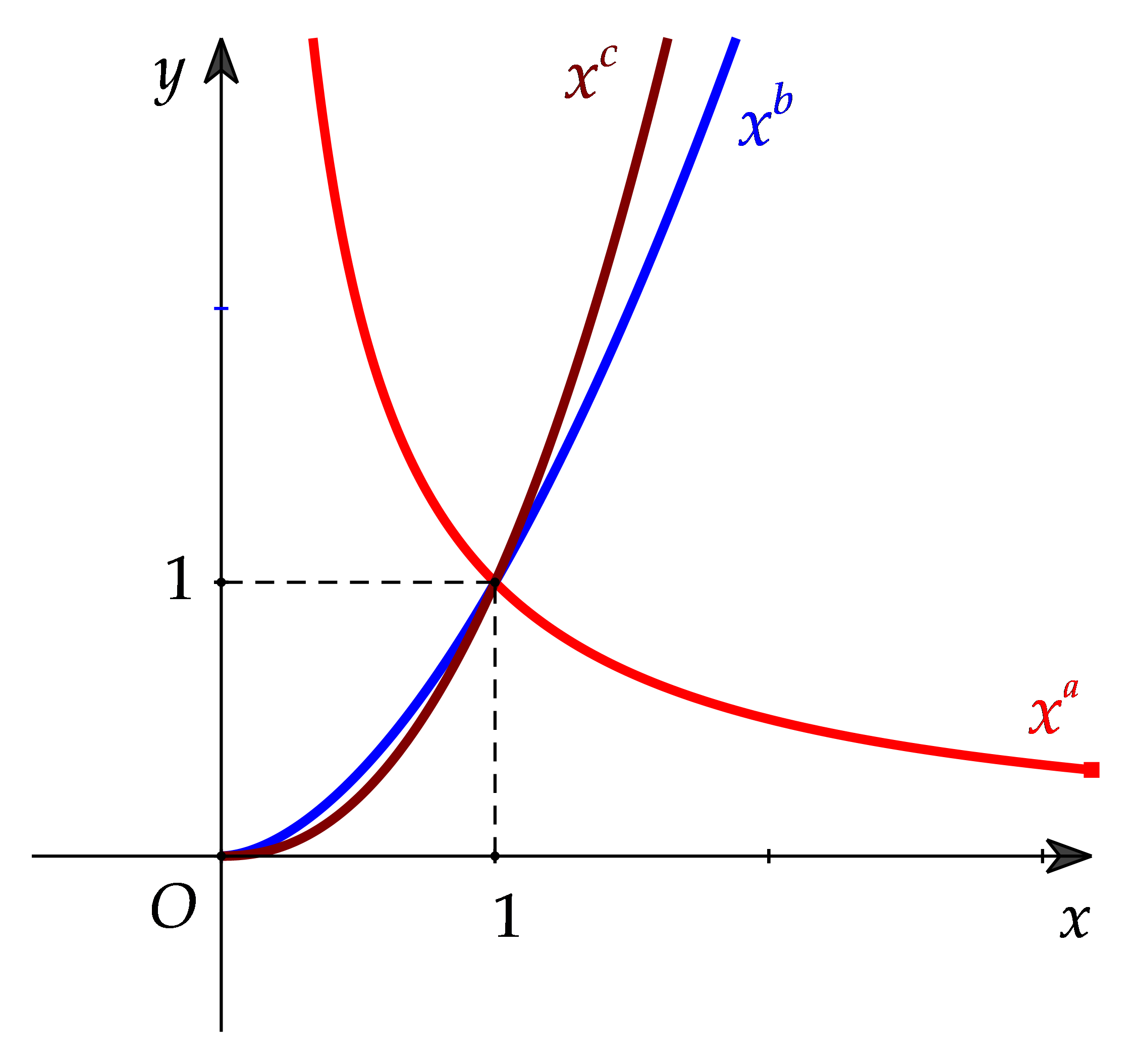Read the following passage and mark the letter A, B, C, or D on your answer sheet to indicate the correct answer to each of the questions:
Psychologists who work on motivation research a wide range of human traits and physiological characteristics that include the effects of hunger, reward, and punishment, as well as desires for power, tangible achievement, social acceptance, belongingness, self-esteem, and self-actualization. A plethora of hypotheses developed in the nineteenth and twentieth centuries have the goal of identifying causes of an organism’s behavior that can be both conscious and unconscious. The hierarchical organization of human needs is a theoretical model, originally established by an American psychologist, Abraham Maslow, in 1954. The needs located at the bottom of the pyramid are the essentials of physiological survival that encompass oxygen, water, nutrition, rest and avoidance of pain. Maslow’s theory, grounded in research, also stipulated that these are variable and, at least to some extent, may explain, for example, food gratification. The second tier is rooted in the human need for safety, stability and protection.
In the human life cycle, the needs for belonging are manifested in the desires to marry, have a family, belong in a community or among similarly minded people. In part, the need to belong can also show up in a search for particular types of occupations or careers. The next level of the hierarchy in effect deals with two substrata, where the first presumes the need for status, prestige, recognition, appreciation, and dominance, and the higher division includes a conglomeration of emotionally centered traits that pivot on competence, confidence, mastery, achievement, independence, and freedom.
The top tier is different from all others, and Maslow referred to it as growth motivation and self-actualization. At the highest level, individuals seek to realize and put to use their creativity, talent, leadership, curiosity and understanding. At this level people can reach their full potentials and accurately perceive and accept reality, seek privacy and depth in personal relationships, resist enculturation, and develop social interests, compassion, and humanity. In many cases, self-actualizers do not lead ordinary lives, choose growth over safety, and cultivate peak experiences that leave their mark and change one for the better.
Question 38: It can be inferred from the passage that in Maslow's hierarchy _______.
A: the first layer of needs dominates other tiers
B: the highest level of the model supersedes the lower levels
C: the second layer of needs is more urgent than the first
D: the third level of the model is embedded in the fourth
Đáp án A
Đây là dạng câu hỏi suy luận.
Theo thông tin xuất hiện cuối đoạn 1 “The needs located at the bottom of the pyramid are the essentials of physiological survival that encompass oxygen, water, nutrition, rest, and avoidance of pain”
Dịch: Nhu cầu ở tầng dưới cùng của tháp nhu cầu là những thứ thiết yếu để tồn tại tâm sinh lý của con người bao gồm khí ô-xy, nước, dinh dưỡng, nghỉ ngơi và tránh bị đau.
Ta có thể suy ra rằng trong hệ thống cấp bậc của Maslow tầng đầu tiên của nhu cầu con người chi phối các tầng khác.
Dịch các phương án còn lại:
B. the highest level of the model supersedes the lower levels (cấp độ cao nhất thay thế các cấp độ thấp hơn)
C. the second layer of needs is more urgent than the first (tầng thứ 2 của nhu cầu là cần thiết hơn tầng thứ nhất)
D. the third level of the model is embedded in the fourth (cấp độ thứ 3 được gắn với cấp độ thứ 4)

